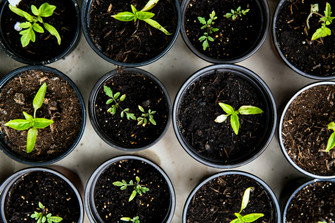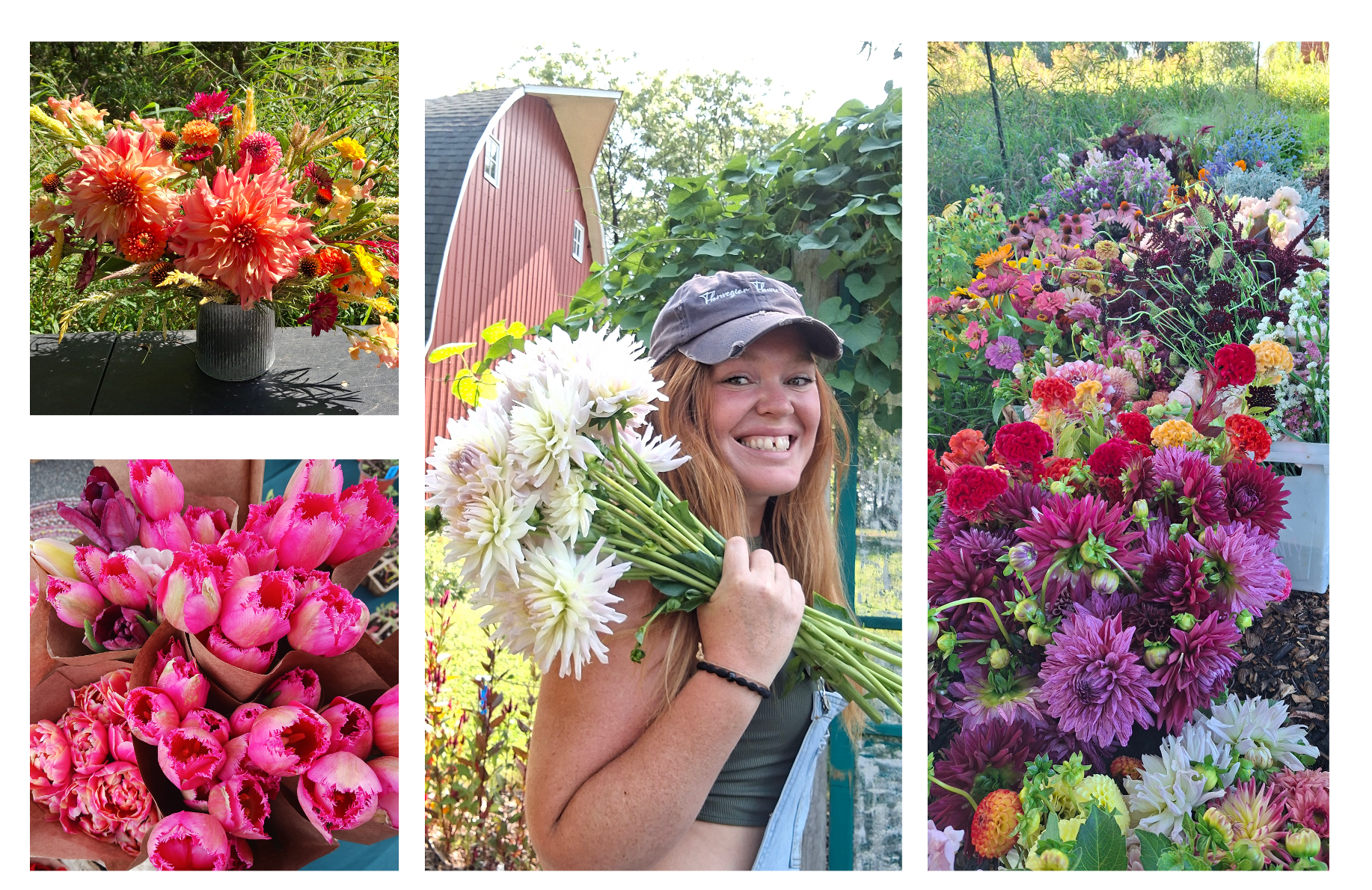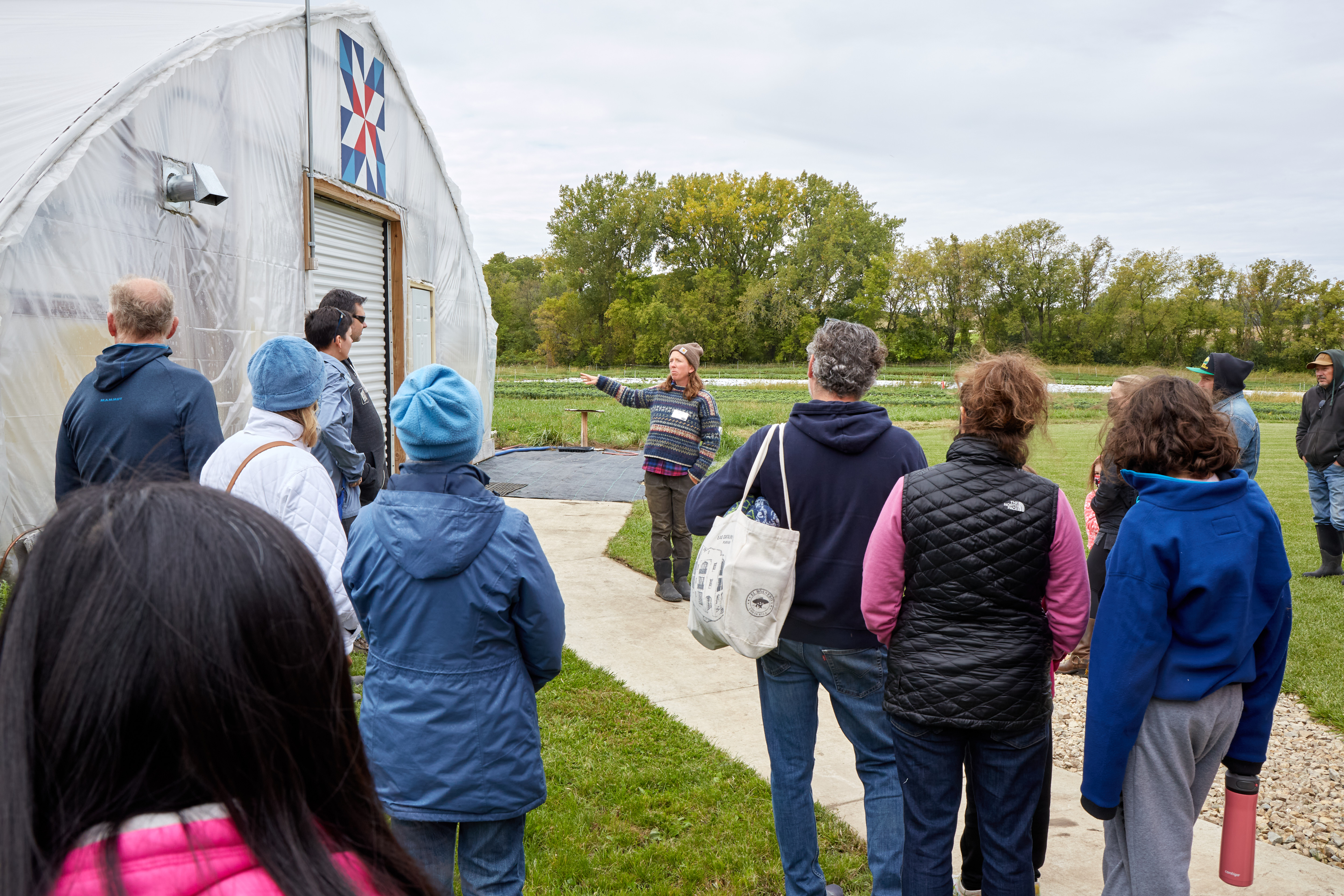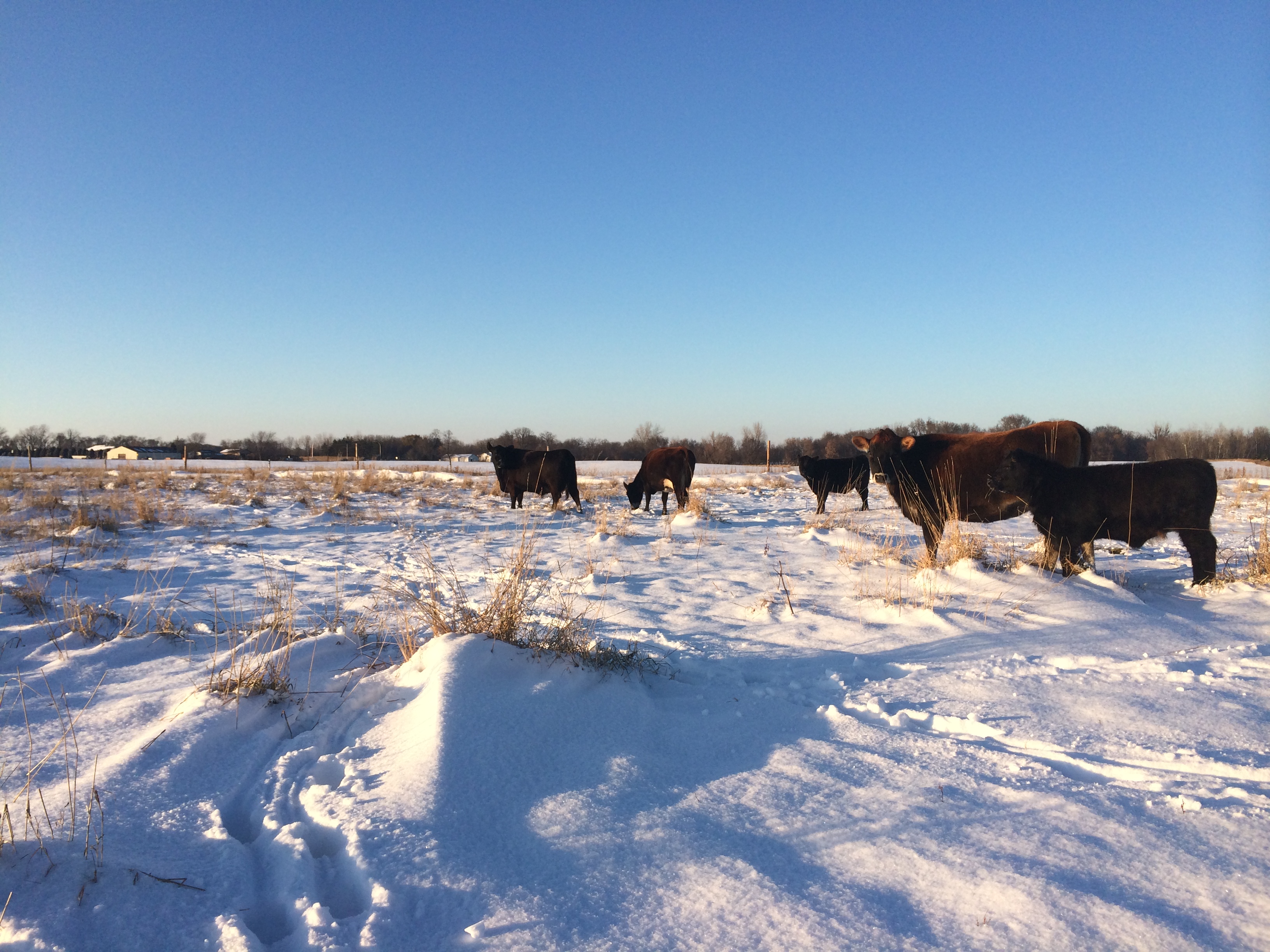Posted by Annie Rowland on Mar 20th 2025
Organic Seeds: Start Growing Your Summer Garden
Over 70 Varieties of Organic Seeds
We're proud to offer High Mowing Seeds as they share many of the same values as TC Farm, including 100% certified organic seeds, supporting organic farmers and supporting stewardship of our land. Many of our own farmers use High Mowing Seeds for their crops.
We have more than 70 different seed varieties available this year, along with tips on how to get started!
We'd love to see what you grow with these seeds!
Types of Seeds Offered
Flowers
- Zinnias
- Cosmos
- Salvia
- Sunflowers
- Nasturtium
Vegetables
- Tomatoes
- Cucumber
- Carrots
- Squash
- Corn
Herbs
- Dill
- Basil
- Chives
- Cilantro
and more!

When planning your garden, sunlight, space, and ease of harvesting determine where your crops grow. Make sure that taller plants are not blocking shorter plants; planting sunflowers further away from shorter plants or closer to a building can help prevent them from shading out other plants.
Spacing out plants properly will allow them to reach their full potential. Specific spacing recommendations are included in the growing information for each variety. Organizing your garden into “beds” can help ensure that all plants are accessible and easy to harvest from. Beds 3-4' wide or narrower with walking access on both sides are recommended. Narrower beds or incorporating walking paths into beds can accommodate spaces without access on both sides.
Seed Planting Materials
- Compost, composted manure, or other organic fertilizer
- Pots or trays- you can save milk cartons, sour cream containers, or berry containers to plant seeds into! Otherwise, many hardware stores will have pots or trays. Make sure your containers have holes in the bottom for drainage, and add some if they do not already have them.
- Tape or popsicle sticks to label your planting containers
- Sunny warm spot –A warm window sill or on top of a radiator near a light is a great location. If you want to supplement your natural light and heat, use a lamp that is at least 2000-3000 lumens or a heating pad, which are available at most hardware stores.
- Containers (if you plan to plant into containers) - select large pots, buckets with added drainage holes, or large raised bed containers. Make sure containers have drainage on the bottom to prevent root rot.
How to Start Your Seedlings
- Mix some water into your potting soil, either in the bag or in a bucket. You want your soil to be damp all the way through, but not soaking wet.
- Fill your pots or trays with soil. You do not need to pack the soil into the cells too tightly, but make sure you are filling them firmly enough that there are no air pockets.
- Poke a hole with your finger to the desired planting depth and drop your seeds in.
- Add soil to the pot or tray to cover the holes.
- Label your pots or trays so you know what you planted.
- Water your seeds in gently – using a watering can or shower setting on a faucet is a great way to do this. Water your seeds slowly to ensure they do not get moved around by too much water.
- Put your seeds in a sunny, warm location and check on them regularly! Seeds are especially sensitive in the early stages of germination (breaking through the soil). Until the seeds germinate, it’s important that the seeds are warm more than getting light. This could be in a location that gets lots of sun, on top of a refrigerator or even a radiator.
Check on your seeds daily and water whenever the soil starts drying out. Germination can take a few days or weeks, and the soil must stay damp during this time. Usually, light daily watering is required in the first few weeks of growth.
Planting Your Seeds Outdoors
- Hardening off seedlings: An important step in preparing your seedlings for transplanting outdoors is hardening off. Hardening off is the process of allowing your seedlings to adapt to the harsher temperatures and weather conditions of the outdoors. Seedlings that are not hardened off may develop “transplant shock” and wilt when they are taken suddenly from a stable indoor climate to a variable outdoor one.
- 1-2 weeks before you plan to plant your seedlings outdoors, take your seedlings outside and leave them in a shady area. Leave them here for a few hours and then bring them back inside. Make sure temperatures are at least 50 F before hardening off seedlings.
- Every day for the next week or two, leave them outside for a longer period of time than the day before, slowly increasing the amount of sunlight they receive. Leave them outside overnight for the last few days before you transplant them. Make sure they are well-watered so they do not dry out in the sun.
- Prepare your soil or containers: When it is warm enough to work the soil in your desired planting area, use a spade or tiller to turn up the top 6-8 inches of soil. Remove plant material from the top of the soil, break apart chunks of soil, and rake the surface of the soil level. You can add compost or an organic fertilizer to your soil. Many cities have free compost distribution days – check your municipal website to see if there are any near you this spring! If you are planting into containers, use a layer of some more sturdy organic material at the bottom of the container, like branches. Fill in the rest of the container with potting mix.
- Water your seedlings well an hour or so before you plan to plant them out. Think about the recommended spacing between plants for each type of seedling and begin to plan where each plant will go.
- After you have decided where your seedlings will go, create a small hole that will fit the “root ball” of the seedling. Place the seedling in the hole and firmly cover the entirely of the root ball – there should be no potting soil exposed. You do not need to tamp them too firmly, just make sure they will be securely covered.
- Water your seedlings well after you have them all planted in your garden. Keep an eye on them as they grow. In drier parts of the summer, you may need to water them every few days.
- Tomatoes need a trellis or cage to support them as they grow. You should place posts, stakes, or a cage near your plants right after you plant them. If you are using posts or stakes, tie or clip your tomatoes to the support as they grow. Tomato cages typically do not require clipping or tying.
- Harvest your vegetables, flowers, and herbs as they mature. Enjoy your bounty!









